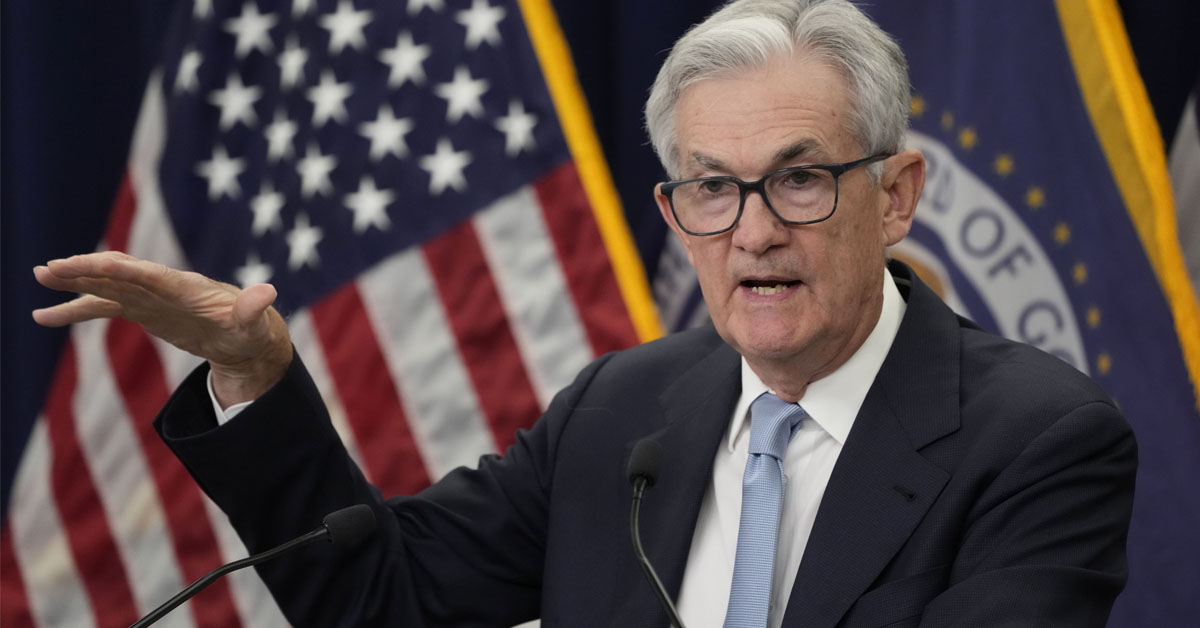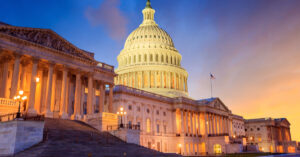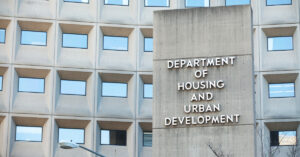In a broadly predicted decision, the Federal Reserve’s benchmark interest rate will remain untouched in September, the central bank announced after Wednesday’s meeting of its Federal Open Market Committee (FOMC).
The move (or lack thereof) keeps the Fed’s anchor rate in a target range of 5.25% to 5.5%, still the highest level in more than two decades. The committee’s choice to forgo a hike was expected after recent economic data has shown cooling in job and wage growth along with waning core inflation. The FOMC acknowledged softening within the labor market in its post-meeting statement, replacing the previous month’s description of “robust” job additions with a sentence noting that job gains have “slowed in recent months, but remain strong.”
With this week’s inaction widely anticipated, much of the focus from observers has keyed on what the FOMC would do moving forward. Previous projections from the Federal Reserve suggested that there would be one more rate increase before the end of 2023 — a stance that hasn’t changed, judging by documents released after the FOMC meeting.
New dot-plot projections, which are anonymously made each quarter by FOMC participants, indicate that another increase this year remains likely, followed by two rate cuts in 2024. Twelve meeting participants projected another hike this year, while seven did not. One final rate hike in 2023 would make 12 increases in total since the Fed began its hawkish tightening policy in March 2022.
“The million-dollar question is how long rates will stay elevated by the Fed to ensure it has won the inflation battle,” said Marty Green, principal at San Antonio-based mortgage law firm Polunsky Beitel Green, before the Fed’s meeting. “I think rates will remain elevated until the middle of next year at the soonest. The Fed will gradually get back to 2% inflation but possibly not until 2025.”
Consulting the Fed’s most recent data yields an answer that mortgage professionals won’t likely want to hear. Projections point to anchor interest rates remaining elevated for longer, telegraphing two rate cuts next year, down from four in its previous update. Median projections for the benchmark rate in 2025 also rose from 3.4% to 3.9%.
As for what this means for the housing market, Green said that any resulting rate movement in the near term would appear to be mostly lateral.
“We are clearly in the flat portion of a bicycle race — the rapid ascent is mostly behind us, but we may be pedaling for a while before we see any sign of a gradual descent,” he said. “In my view, this means the mortgage interest rate environment will continue to bounce sideways through the next several months.”
Meanwhile, any stakeholders looking for clues to the Fed’s future moves were characteristically stonewalled by Fed chair Jerome Powell at his post-meeting press conference.
“The decision that we make at each meeting — and certainly the decisions we’ve made at the last two meetings — is going to depend on the totality of data. … I can’t really answer a question about a hypothetical piece of that,” Powell said.
He reiterated that restoration of price stability remains as the Fed’s current mission, a priority it will focus on until inflation is tamed. While the downward trend of inflation is encouraging, “the process of getting inflation sustainably down to 2% has a long way to go,” he said.
“The worst thing we can do is to fail to restore price stability, because the record is clear on that,” Powell said. “If you don’t restore price stability, inflation comes back and … you can have a long period where the economy is just very uncertain and it’ll affect growth.”
He also indicated that he’d rather rein inflation in with one fell (though potentially arduous) swoop, rather than having “inflation come constantly coming back and the Fed coming in and having to tighten again and again.”





